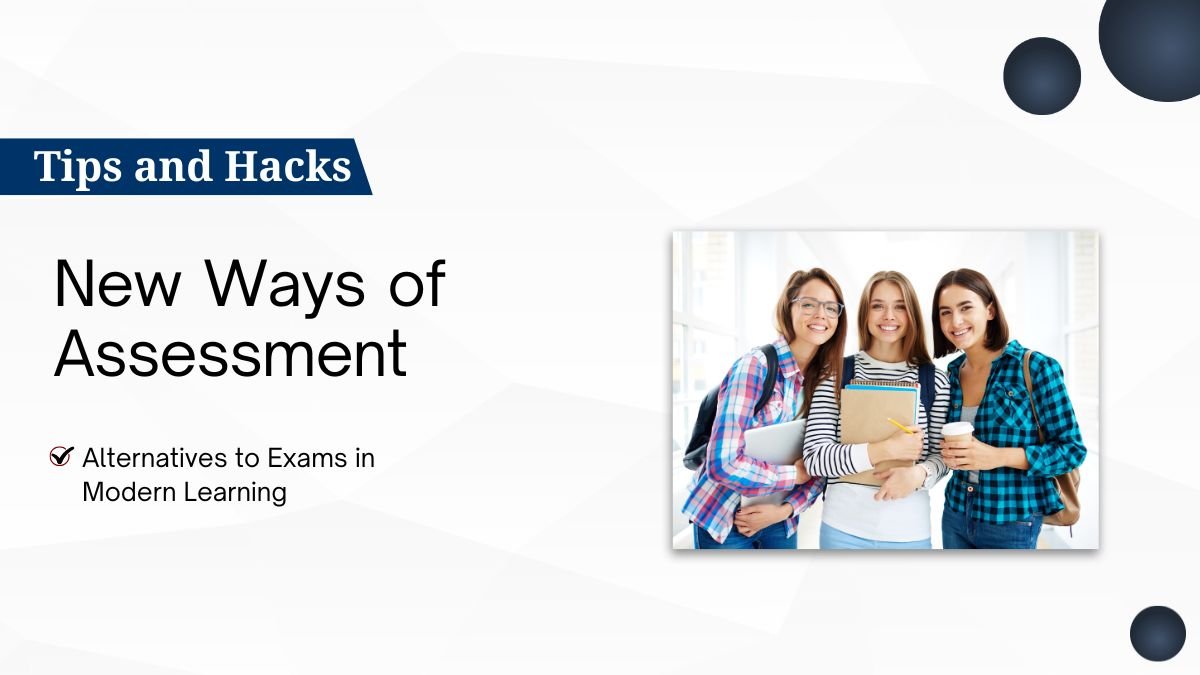Enhancing Creative Thinking and Problem-Solving Ability in Students
Just mugging up facts and information is not what modern education intends. It aims for students to develop understanding in depth, to analyze things, and then to be able to decide. The teacher’s role is really very important in doing this. A teacher creates an environment in which students can ask and discuss how to find solutions to problems.
1. Create a Question-Friendly Environment
a) Encourage Questioning
Establish an environment in the classroom for students to ask questions like “Why?” and “How?” without hesitation.
Effects: Learners form curiosity and thirst to learn.
Sample:
- “If the Earth’s atmosphere suddenly changes, what will be the impact on our lives?”
- Students will think and reason rather than memorize the answer.
b) Use Open-Ended Questions
In this manner, questions without a single answer will be asked. This causes students to analyze various points of view and possible solutions.
Example:
- “What steps will you take to conserve water in society and why?”
- This aids in reflective and creative thought among students.
2. Promote Active Engagement & Collaboration
a) Discussions & Debates
Have frequent debates and group discussions in the class. Students back their ideas with facts and listen to us with different viewpoints. This sharpens their reasoning and communication skills and critical thinking.
b) Employ Collaborative Learning
Arrange for some group projects among students to do brainstorming and collaboration to generate solutions.
Example:
- Science projects
- Group reports on social problems
This helps to build teamwork and cooperative problem-solving skills.
c) Initiate Reflection
Encourage the students to reflect about their own thoughts and learning.
Example:
- “What new did you learn in this project and why?”
This leads to deeper understanding and self-determination in learning.
3. Applying Learning to Real-Life Situations
a) Embed Real-World Problems
Make students aware of real-world obstacles.
Example:
- “Produce a solution to the water crisis in the city.”
- “A waste management plan within school.”
Advantages: The learning becomes relevant and comes real.
b) Project-Based Learning
This is fully engaged by students through projects with hands-on working experiences. This provides the students the opportunity to learn how to create solutions after gathering and analyzing information.
Example:
- “Planting trees in the school garden with environmental studies.”
- “Solving a local community social problem.”
4. Provide Guidance & Feedback
a) Provide Constructive Feedback
Recognise effort and direct feedback for improvement.
Advantages: Builds confidence and directs improvement.
Example:
- “You have based your solution direction correctly, but it can strengthen with more evidence.”
b) Teacher Modelling Critical Thinking
While interacting with the students, the teacher thinks aloud so that students get to see how complex problems are solved.
Example:
- “Think about the things to consider first and why.”
This teaches students the habit of independent thinking as well as analysis.
5. Teacher Strategies
- Create a question habit: Continuous quizzes and reflection sessions.
- Bring diverse perspectives: Use cases and diverse resources.
- Keep it positive: Opportunity for learning, not discouragement of wrong answers.
- Use technology: Virtual projects, online debates and team-work platforms.
Conclusion
And much more than education supplementing the modern life and work skills, it is the most appropriate preparation in itself. The teacher would be guide, motivator and supporter.
Open dialogue, cooperation, real experiences and constructive feedback enable students to think independently and critically. Through this process, the students learn and become lifelong learners in finding solutions.









